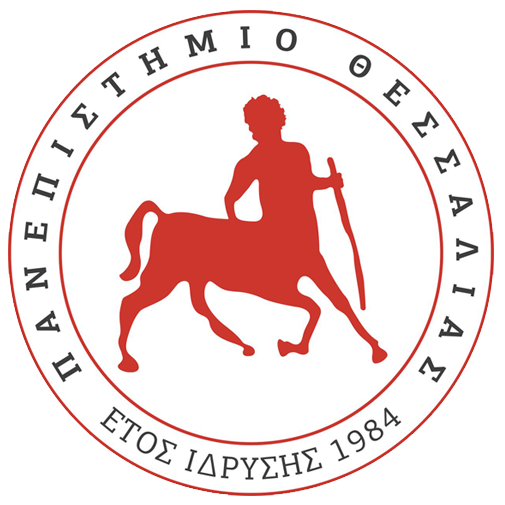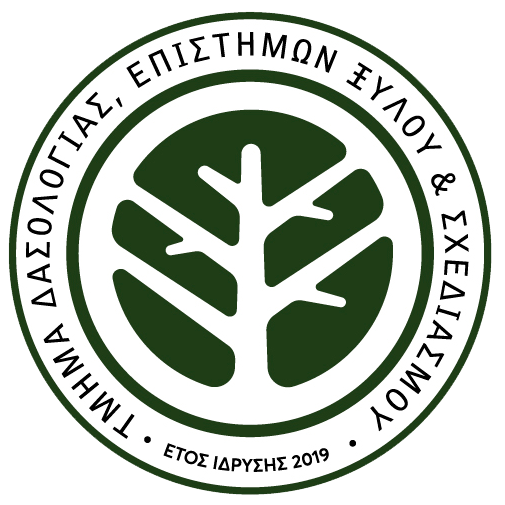
Στην κάτωθι δημοσίευση εξετάστηκε η επίδραση του καιρού στη μετανάστευση και μετακινήσεις διαφορετικών ειδών πτηνών στον ελλαδικό χώρο. Η εργασία κρίθηκε και δημοσιεύτηκε στο διεθνές επιστημονικό περιοδικό Folia Zoologica.
Sokos C.K., Birtsas P.K., Platis P.C., Papaspyropoulos K.G. 2016. Weather influence on the abundance of bird species wintering in three Mediterranean ecosystems. Folia Zoologica 65(3): 200–207. https://bioone.org/journals/Folia-Zoologica/volume-65/issue-3/fozo.v65.i3.a4.2016/Weather-influence-on-the-abundance-of-bird-species-wintering-in/10.25225/fozo.v65.i3.a4.2016.short
Η εργασία συνέκρινε την επίδραση της θερμοκρασίας του αέρα και της βροχόπτωσης στην αφθονία υδροβίων πτηνών, της μπεκάτσας, της σιταρήθρας και της λιβαδοκελάδας. Διαπιστώθηκε η διαφορετική επίδραση των παραγόντων αυτών στην αφθονία μεταξύ των ειδών κυρίως λόγω των διαφορετικών οικολογικών απαιτήσεων και ενδιαιτημάτων τους. Αναμένεται ότι η κλιματική αλλαγή θα έχει επιδράσεις στην αφθονία, στη διάρκεια παραμονής και στην κατανομή των διαχειμαζόντων πτηνών στα μεσογειακά οικοσυστήματα.
Διαχειριστικές εφαρμογές: στην προστασία των πτηνών σε δυσμενείς καιρικές συνθήκες.
Abstract
Many migratory bird species winter in southern Europe and weather influences their abundance, distribution, arrival and departure dates. This study compares the influence of air temperature and precipitation on abundance of waterfowl (Anas spp., Anser albifrons and Fulica atra), woodcock (Scolopax rusticola), skylark (Alauda arvensis) and meadow pipit (Anthus pratensis), representative species of wetland, woodland and farmland ecosystems, in Hellas (Greece). The harsh winter of 2001–2002 led initially to the increase of waterfowl abundance, however the prolonged cold weather forced the birds south. The following year’s counts showed an increase of larger bodied and a decrease of smaller bodied waterfowl species. In forestland, the woodcock abandoned its mountainous wintering area in low temperatures and its abundance decreased the year following the harsh winter. Precipitation during November and December influenced negatively the abundance of woodcocks along the studied route probably due to their increased dispersion. In farmland, the preliminary results did not indicate any clear relation between the abundance or departure of skylarks and meadow pipits and air temperature and precipitation. A trend of skylarks to stay longer in the study area was observed with lower air temperatures in March. The influence of meteorological conditions differs from species to species due to their various ecological demands and different habitats. Future climate change is expected to influence abundance, duration of stay and the distribution of wintering birds.


